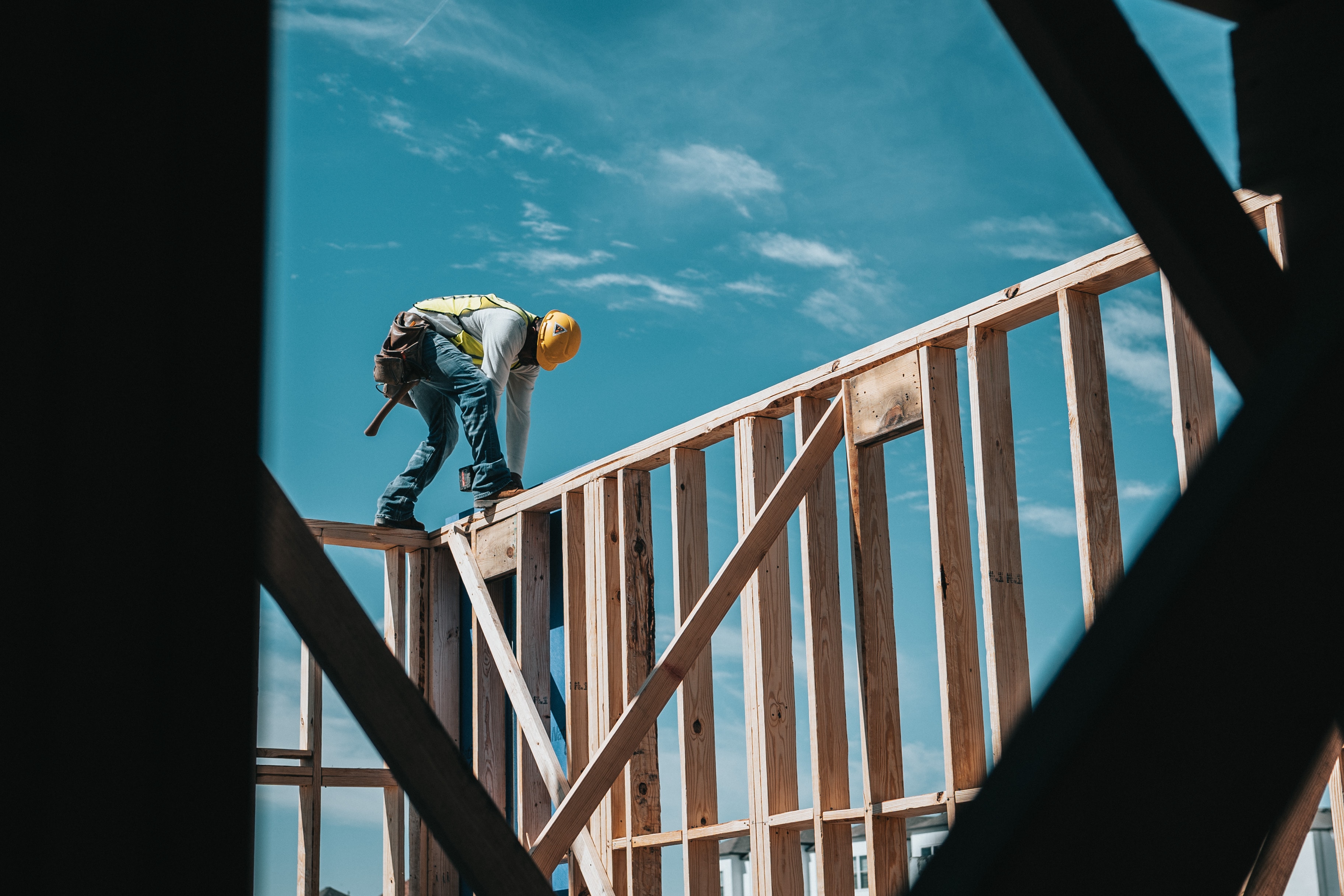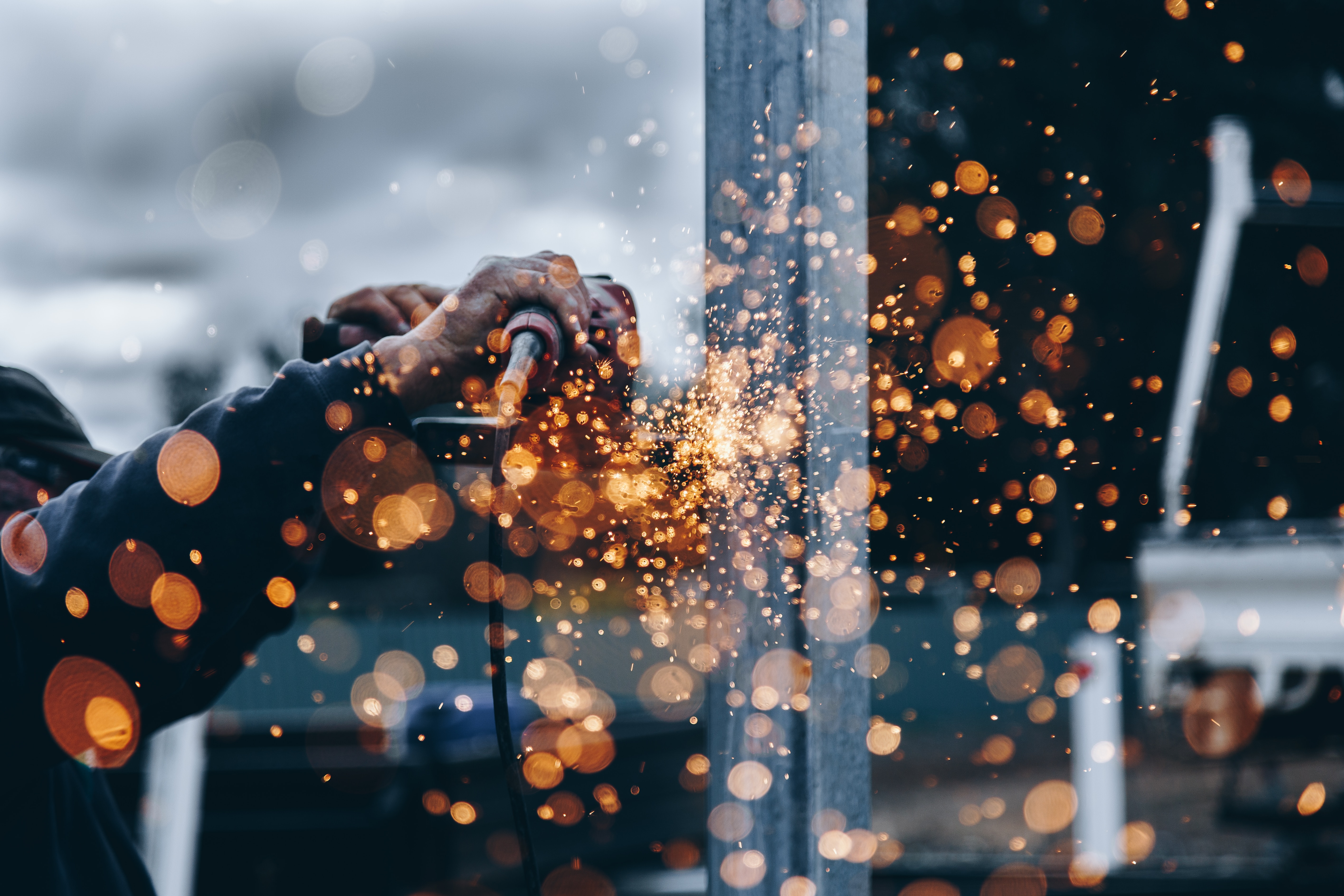Different Types of Steel Used in Construction Works
Steel in construction is like the secret ingredient in your favorite recipe – it might not always be visible, but it’s what makes the whole thing work. Ever wondered about the different types of steel that hold up the structures around us? Let's unravel this mystery and explore the various types of steel used in construction works, and why they’re so important for steel construction services.

Table of Contents
|
Sr#
|
Headings
|
|
1
|
Introduction: The Backbone of Building
|
|
2
|
Carbon Steel: The All-Rounder
|
|
3
|
Alloy Steel: The Customizable Choice
|
|
4
|
Stainless Steel: The Shining Star
|
|
5
|
Tool Steel: The Tough Guy
|
|
6
|
Weathering Steel: The Resilient Type
|
|
7
|
Rebar Steel: The Reinforcer
|
|
8
|
Structural Steel: The Framework Favourite
|
|
9
|
Light Gauge Steel: The Modern Marvel
|
|
10
|
Galvanized Steel: The Rust Resister
|
|
11
|
Cold-Formed Steel: The Shape Shifter
|
|
12
|
Hot-Rolled Steel: The Traditionalist
|
|
13
|
Steel Alloys in Construction: A Deeper Dive
|
|
14
|
The Role of Steel in Green Building
|
|
15
|
Conclusion: Steel, The Unsung Hero of Construction
|
1. Introduction: The Backbone of Building
Steel is not just a material; it's the very backbone of modern construction. It's as vital as the plot is to a novel. But not all steel is created equal. Different projects need different types of steel. Why, you ask? Let’s find out.
2. Carbon Steel: The All-Rounder
Carbon Steel is like the Swiss Army Knife of construction materials - versatile and dependable. It’s the most commonly used steel type in building projects, offering a good balance of durability and affordability.

3. Alloy Steel: The Customizable Choice
Alloy steel is like a custom-tailored suit – it can be tweaked and modified to suit specific needs. By adding different elements like chromium, nickel, or vanadium, alloy steel gets enhanced strength or corrosion resistance, making it perfect for specialized uses.
4. Stainless Steel: The Shining Star
Stainless steel is the James Bond of steels – sleek, corrosion-resistant, and always looks good. Its ability to resist rust makes it a popular choice for aesthetic architectural elements and in environments where corrosion is a concern.
5. Tool Steel: The Tough Guy
Tool steel is like the bodybuilder of the steel family – extremely strong and durable. It’s used in tools (as the name suggests) and in parts that require a high degree of hardness.
6. Weathering Steel: The Resilient Type
Imagine a steel that gets stronger as it weathers. That's weathering steel. It forms a protective layer when exposed to the elements, making it ideal for outdoor structures like bridges.
7. Rebar Steel: The Reinforcer
Rebar steel is the unsung hero that reinforces concrete structures. It’s like the skeleton in our bodies – you can’t see it, but it’s essential for strength and support.
8. Structural Steel: The Framework Favorite
Structural steel is the backbone of skyscrapers and large buildings. It’s like the framework of a giant Lego structure, providing the shape and strength to build big.
9. Light Gauge Steel: The Modern Marvel
Light gauge steel is the minimalist of the steel world – thin, light, yet strong. It’s often used in residential buildings and is gaining popularity for its versatility and speed of construction.
10. Galvanized Steel: The Rust Resister
Galvanized steel is steel’s answer to the rust problem. It’s coated with zinc to protect it from corrosion, making it ideal for outdoor or high-moisture areas.
11. Cold-Formed Steel: The Shape Shifter
Cold-formed steel is like origami – it’s shaped at room temperature, allowing for more intricate designs. It’s used for more delicate, precision-required parts of a structure.
12. Hot-Rolled Steel: The Traditionalist
Hot-rolled steel is the old reliable – it’s been around for ages. Heated and then cooled to form sheets, it’s used in situations where precise shapes and tolerances aren’t as critical.
13. Steel Alloys in Construction: A Deeper Dive
Steel alloys are like a team of superheroes – each brings its unique power. In construction, these alloys offer a range of properties, from flexibility to extra strength, depending on their composition.
In case you have found a mistake in the text, please send a message to the author by selecting the mistake and pressing Ctrl-Enter.
You must be logged in to comment.
Sign In /
Sign Up



No comments yet